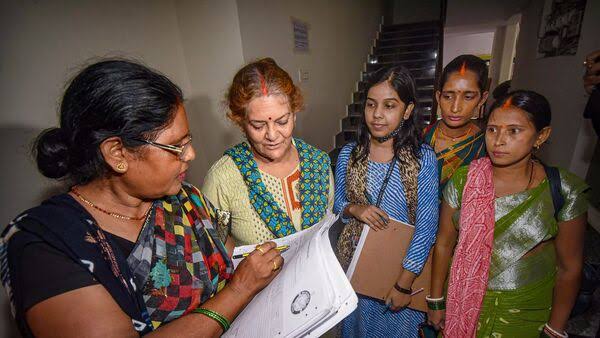New Delhi, June 16, 2025 — India will launch its first fully digital census in 2027. The massive exercise will count over 1.4 billion people. It will use GPS tagging, mobile apps, and include caste data for the first time since 1931. The Union Ministry of Home Affairs announced the plan on June 4, 2025.The census will begin on April 1, 2026, and conclude by March 1, 2027. Snow-bound regions like Ladakh and Jammu & Kashmir will start earlier, on October 1, 2026. It will be conducted in two phases: house listing and population enumeration.
A Digital Leap Forward
India’s 2027 census will rely on technology. Enumerators will use mobile apps in 16 languages, including Hindi and English. Citizens can self-enumerate via a government portal. A unique ID will be generated for self-reported data. GPS tagging will map households, reducing coverage gaps. Geofencing and real-time alerts will ensure accuracy.The digital approach promises speed. Final data could be released by December 2027, just nine months after fieldwork ends. In 2011, it took nearly two years. Pre-coded dropdown menus and intelligent character recognition will streamline processing.
Caste Data: A Historic Inclusion
For the first time since Independence, the census will collect caste data for all communities. Until now, only Scheduled Castes and Scheduled Tribes were counted. The move responds to demands for better socio-economic insights. It aims to refine reservation policies and welfare schemes.However, challenges remain. Caste categorizations vary across states. No verification mechanism will check self-declared caste data. Critics warn this could lead to inaccuracies. The government insists it will ensure transparency.
Impact on Politics and Policy
The 2027 census will shape India’s future. Its data will guide the delimitation of Lok Sabha and Assembly constituencies after 2026. This could shift political power, favoring populous northern states like Uttar Pradesh. Southern states fear losing representation due to their lower population growth.The census will also inform women’s 33% reservation in Parliament, tied to post-2026 delimitation. It will collect data on household amenities, education, and employment. This will drive evidence-based governance.
Challenges Ahead
Conducting a digital census in India is daunting. Digital literacy among enumerators varies. Remote areas lack reliable connectivity. The government has designed offline apps with auto-sync features. Extensive training and region-specific interfaces will address these issues.Around 3.4 million enumerators will be deployed. Strict data security protocols are promised. The exercise is estimated to cost ₹13,000 crore (about $1.5 billion). Yet, the 2025-26 budget allocated only ₹574 crore. Officials claim the shortfall won’t disrupt operations.
A Global Milestone
India’s 2027 census is a bold step. It combines cutting-edge technology with complex social data. The world’s largest democracy aims to set a new standard for population counts. Its success could inspire other nations. But with scale comes scrutiny. The global community will watch closely as India counts its 1.4 billion people.







































